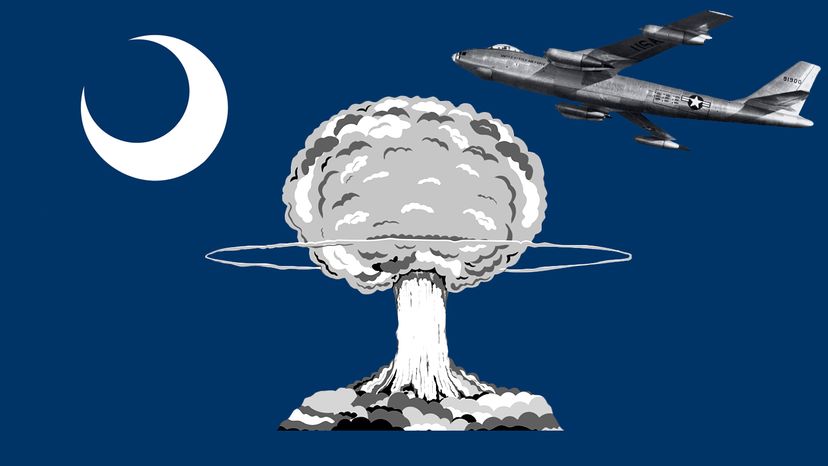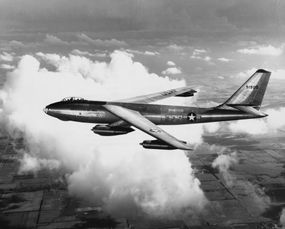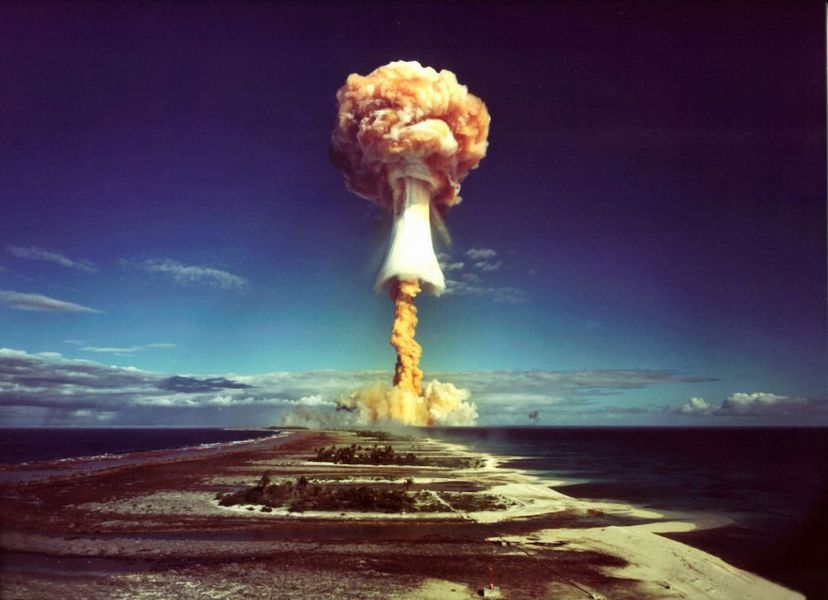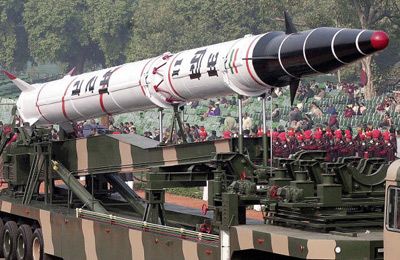
In January 1953, the Gregg family moved into a stoutly constructed home in a rural part of eastern South Carolina, on land that had been in their family for 100 years. They had no idea that five years later, they would earn the dubious honor of being the first and only family to survive the first and only atomic bomb dropped on American soil — by Americans.
On March 11, 1958, two of the Greggs' children — Helen, 6, and Frances, 9 — entertained their 9-year-old cousin Ella Davies. The girls were horsing around in a playhouse adjacent to the family's garden while nearby, the Gregg girls' father, Walter, and brother, Walter Jr., worked in a toolshed.
Advertisement
By midafternoon, the sisters and their cousin had wandered about 200 feet (60 meters) away from the playhouse and were playing in the yard beside their home. Inside, their mother sat sewing in the front parlor.
Then, at 4:19 p.m., a member of the crew aboard a U.S. Air Force B-47E bomber accidentally released a nuclear weapon that landed on the girls' playhouse and the family's nearby garden, creating a massive crater with a circumference of 50 feet (15 meters) and depth of 35 feet (10 meters).

It was the height of the Cold War, when global powers vied for nuclear dominance. But it was an oops for the ages. Not only did the Gregg girls and their cousin narrowly miss becoming the first people killed by an atomic bomb on U.S. soil, but they now had a hole on their farm in which they could easily park a couple of school buses. Their garden ceased to exist; the playhouse seemed to have disappeared into thin air, save a small piece of tin from the roof; and the family home sat at a tilted angle, no longer flush with the foundation, surrounded by parts of itself.
Advertisement



